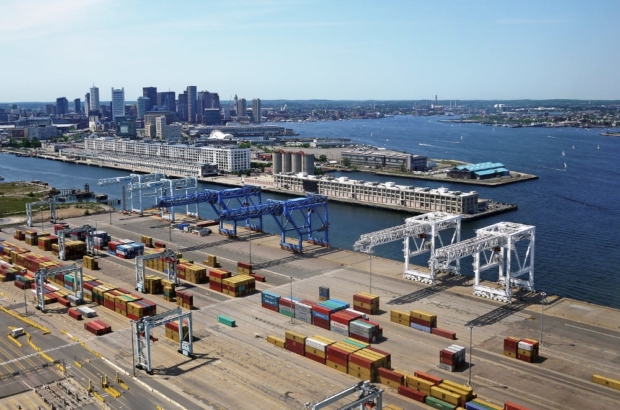

Last year, Boston archaeologists opened a time capsule that was unearthed by construction work on the city State House. But the new wreck is the largest land addition to the many wrecks underneath Boston harbor, some of which retain pieces of the port’s history: artifacts of slave trading, shipments of wine, trade from Europe – “You name it,” Bagley said. This is not the first shipwreck found under Boston’s dry land: the city found a smaller, partial wreck while working on its massive “ Big Dig” highway tunnel. In the last two decades developers have filled the edge of the harbor with caverns of skyscrapers.īagley said archaeologists were working as quickly as possible to dig out and rescue artifacts from the ship, and that a team from across the Charles river in Cambridge will perform a 3D scan of the wreck, as they did for a Palmyran arch that was recreated in London and will be shown in New York in September. The Dorchester Flats, as they were called, were filled in during the 1880s. Bostonians may have tried to burn the boat to a smaller size, in order to get it out of the way of other ships.Īrchaeologists are working on a cross-section of the ship, which will give them a de facto blueprint and help them trace what happened to it. At high tide the area was underwater, but at low tide a ship would be vulnerable to run or drift aground. In the 19th century, what is now a financial hub of modern Boston was a tidal mudflat linked to the harbor. The Boston sloop was probably a cargo vessel, Bagley said, and may have traveled down from Maine, where New Englanders dug quarries for lime, which was shipped to ports along the east coast. In the 19th century it was also used for agriculture and making paper. “Everything’s kind of been burned,” Bagley said, “which happens to lime boats because the lime can get exothermic reactions to water, ironically.”ĭespite the explosive properties of lime, humans have used it in construction since at least the time of ancient Rome. The boat also seemed to have suffered fire damage, he said.
#Ap boston photodesk full#
“It held what appeared to be a lot of barrels full of lime, with a few barrels still intact.” The 50ft ship “looks like it’s a mid- to late-19th-century sloop”, city archaeologist Joe Bagley told the Guardian. Archaeologists raced to excavate before construction begins again. The company contacted a local archaeology firm, which brought the wreck to the city’s attention. Developer Skanska found the wreck last week while digging on 121 Seaport Boulevard, about a quarter of a mile from the waters of Boston harbor.


 0 kommentar(er)
0 kommentar(er)
